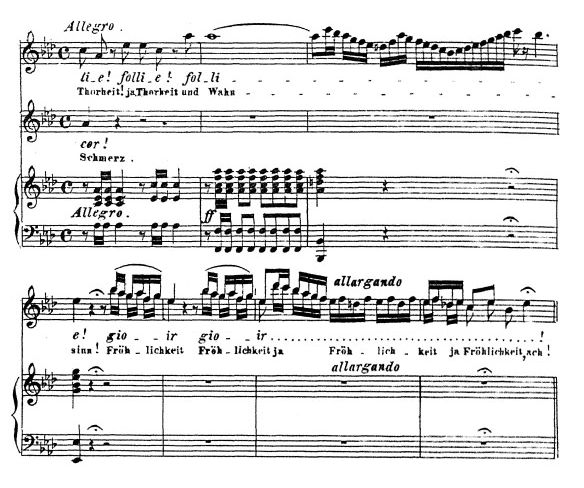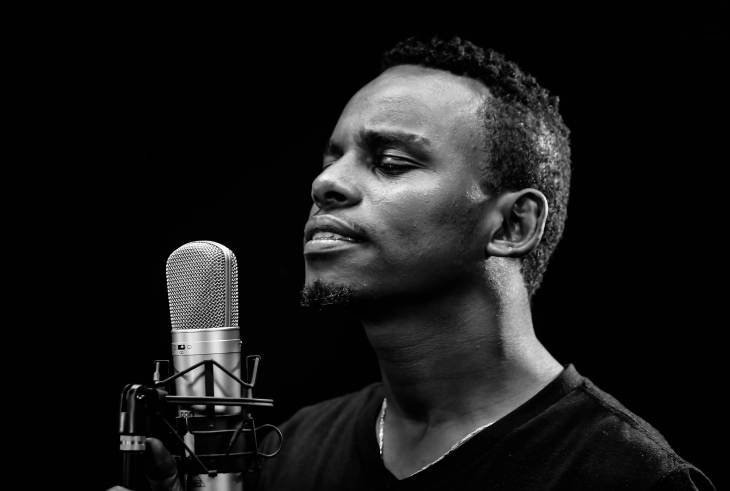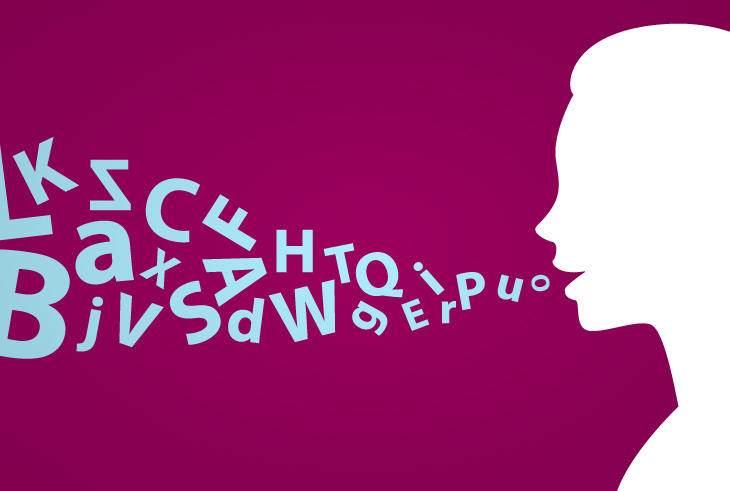
Head Voice . . . What Is It?
Head Voice? What is it? Is it a voice that is somehow in the head? Nope.
Actually, the sound or texture associated with head voice is still produced by the muscles (arytenoids, crico-thyroid, vocal cords) located in the laryngeal area in the throat. However, there are sensations seemingly in the head that gave rise to the use of this descriptive term long ago.
A more accurate descriptive term could be considered “upper full voice” as this term reflects more of what is happening at the sound source; drawing our mind back to cause rather than risk getting confused by too much focus on effects or symptoms.
That being said, we sing higher in a healthy way and the closer muscle closes; offering resistance to the stretching activity of the stretcher muscle. When we arrive around D or E flat (for men, right above middle C on the piano; for women, an octave above) there is a subsequent feeling of the sound moving back and up. This sound is seemingly in our ears; going higher as a feel till we notice it in the upper back part of our head. Our sound steps up so high that it dips over. We now feel it in the front top portion of our head right behind the eyes.
One can see with all these feelings in our head, how the term head voice came to be. Simply put, the texture of sound called head voice appears when our two main muscle systems are working well, have brought the cords into a state of balanced equilibrium, and we are singing high up in the scale.
Note that upper full voice is different than falsetto voice. Upper Full voice (head voice) is a coordinated balance of the two muscles whereas falsetto voice is a texture of sound that is produced by the stretcher muscle more in isolation. One can usually tell the difference by texture and sound as well as by feel. When we go to falsetto, there is normally a break or yodel. For example, it feels like one has let go of one side of a rubber band while holding on to the other side. Unless the falsetto voice has been really developed through appropriate exercises, there will be quite a disparity in sound and feel between singing in “upper full voice” and letting go completely to falsetto.
about the author
Allen Rascoe Allen has been enjoying singing since he was a little kid. He officially studied voice at ECU and USC. However, he ran... Read More

RECENT ARTICLES
-

Career Your Opportunities for a Fulfilling Career in Singing
-

Basic Skills, Beginners, Tips Tips To Improve Your Singing Voice
-

Exercises, Warmups 10 Vocal Warm-ups to Change the Way You Sing
-

Basic Skills, Beginners, Exercises, Songs, Voice Teachers, Warmups What is My Vocal Range – Identify, Master and Expand Your Range
RECENT IN KNOWLEDGE
Recent Topics
- Beginning Voice Lessons (1)
- Breathing Techniques (1)
- Confidence (1)
- Experienced Teacher (1)
- Kids Singing Lessons (1)
- Musical Career (1)
- Practice (1)
- Private Lessons (1)
- Professional Singer (2)
- Sing (1)
- Singing Teachers (2)
- Style (1)
- Teach Online (1)
- Vocal Exercises (1)
- Vocal Health (1)
- Vocal Music (1)
- Vocal Pitch (3)
- Vocal Range (4)
- Voice Coach (1)
- Voice Exercises (2)
- Voice Training (4)
- Young Vocalist (1)
Categories
- Basic Skills (7)
- Beginners (8)
- Career (2)
- CCM (1)
- Contemporary Commercial Music (1)
- Crossing Over (1)
- Exercises (2)
- Online Lessons (3)
- Online Voice Lessons (1)
- Songs (2)
- Students (6)
- Tips (4)
- Vocal Coaches (1)
- Voice Teachers (2)
- Warmups (2)
Testimonials

















